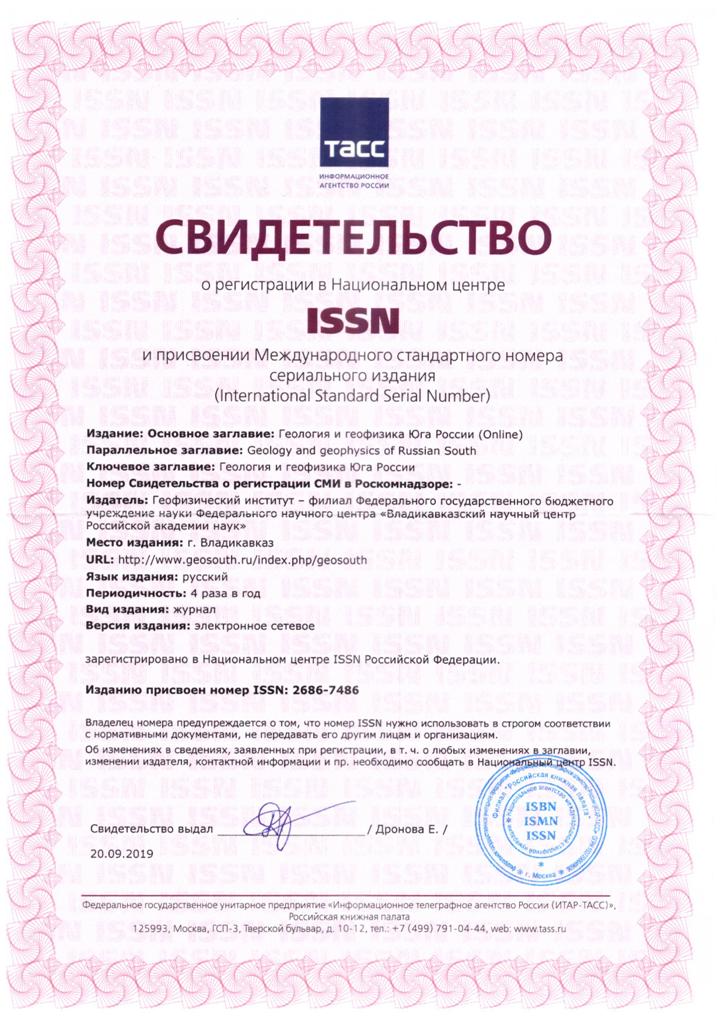The biotransformation of hydrocarbons in the composition of oil sludge (on the example of a historical pollution site in the Chechen Republic)
Abstract
Relevance. The problem of eliminating sludge reservoirs and processing oil waste in the Chechen Republic is acute due to the lack of actual experience in such work and the small number of studies in this direction. The composition of oil waste varies greatly, which suggests different approaches and processing methods, especially if we are talking about the use of biotechnological methods. The aim of the study was to study different methods of biodestruction of petroleum hydrocarbons in the oil sludge of the former Grozny oil refinery in terms of changes in the composition of residual oil in field and laboratory experiments. Research methods. In field and laboratory-vegetation experiments, a study was conducted of methods for detoxifying oil sludge from an object of accumulated environmental damage of past years in the Chechen Republic. The toxicity of test soils was assessed by changes in the concentration of petroleum products, the structure of the fraction of normal paraffins and isoalkanes, and the activity of microbiota. Results. The influence on the rate and quality of biodestruction of petroleum hydrocarbons by a set of bioremediation methods using oil-oxidizing indigenous microorganisms, structurizers and green manures under aerobic and partially anaerobic conditions was studied. It has been shown that at the first stage of remediation (soil cultivation), active detoxification of the soil occurs, reducing the concentration of PAHs by 2–4 times. PAHs are destroyed most effectively when using a set of techniques: a biological product, a structurizer and a covering material. At the stage of phytoremediation, the soil is cleaned most quickly (up to 85–90% of the initial level of contamination) with preliminary preparation by remediation with a structurizer and a biological product under aerobic conditions. In this case, the concentration of the alkane fraction decreases noticeably. During phytoremediation of soil prepared under partially anaerobic conditions, the concentration of n-alkanes increases along with a decrease in the total concentration of oil. The prospects of using methods of partially anaerobic oil oxidation when using covering material are determined primarily by the possibility of deep transformation of oil products into soil carbon with the prospect of increasing soil fertility and increasing the effect of decarbonization after oil pollution.


